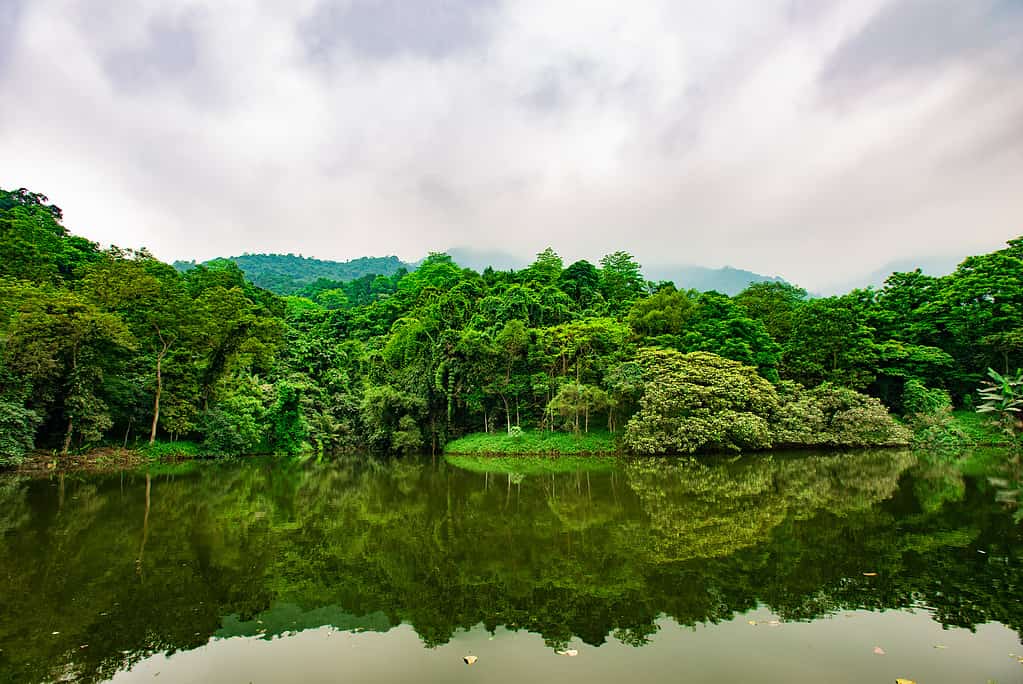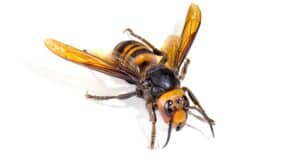An exciting discovery of no fewer than 16 new wasp species has been made by scientists from Kyushu University and Vietnam’s National Museum of Nature. Their findings have been published in the European Journal of Taxonomy. The newly discovered species have been added to the Loboscelidia group which looks a little different to the wasps that you may be used to! This group was selected for new species based on their physical characteristics.
Discovering New Parasitoid Species
Loboscelidia are described as elusive because there is still a lot that we don’t know about them. They were discovered 150 years ago but this is the first time that their parasitic behavior has been observed.
The discoveries were made in field surveys across six sites in Vietnam. The wasps were captured in traps and nets. By the end of the survey, researchers had collected 70 wasps and took high-resolution photographs of each of them. They noted one unusual feature in particular which was the presence of hairs at the back of the wasp’s head and on their body. Amazingly, 16 new species were identified which brings the total number of species within this group to 67.
Because each of the species was found in a very limited area, the scientists suspect that there are still more species waiting to be discovered. This also highlights how vulnerable the species are. If this habitat is destroyed, an entire species could be lost forever.

The 16 new wasp species were discovered in Vietnam.
©MinhHue/Shutterstock.com
What Exactly Are Parasitoid Wasps?
Parasitoid wasps are typically very small – some of them are the size of a fleck of pepper. The adults usually feed on nectar, pollen, and honeydew. The eggs and larvae, however, have a very different approach. The eggs are inserted into the eggs or bodies of a host insect. This could be an aphid, a caterpillar, a beetle, or a range of other insects. The larvae develop and eat the host or the host egg from inside. This is why they are called parasites.
A female from the study was observed puncturing the egg of a stick insect and laying her egg inside. She then buried the parasitized egg using her head to dig a hole and then plugged the entrance with soil. The scientists noted that this is highly developed parasitic behavior and is similar to the nest-building behavior observed in solitary hunting wasps.
Can Parasitoid Wasps Be Useful to Gardeners?
Examples of parasitoid wasps that we already know about include the chalcid wasp, aphid wasp parasitoid, the braconid and ichneumonid wasps, and the parasitic wasp of whiteflies. Gardeners often try to attract them to their gardens so that they can avoid the use of insecticides. In particular, Aphelinidae and Aphidius (Braconid wasps) are very important aphid parasitoids. Aphids are sap-sucking bugs that cause damage to many garden plants!
The photo featured at the top of this post is © Vinicius R. Souza/Shutterstock.com
Thank you for reading! Have some feedback for us? Contact the AZ Animals editorial team.






